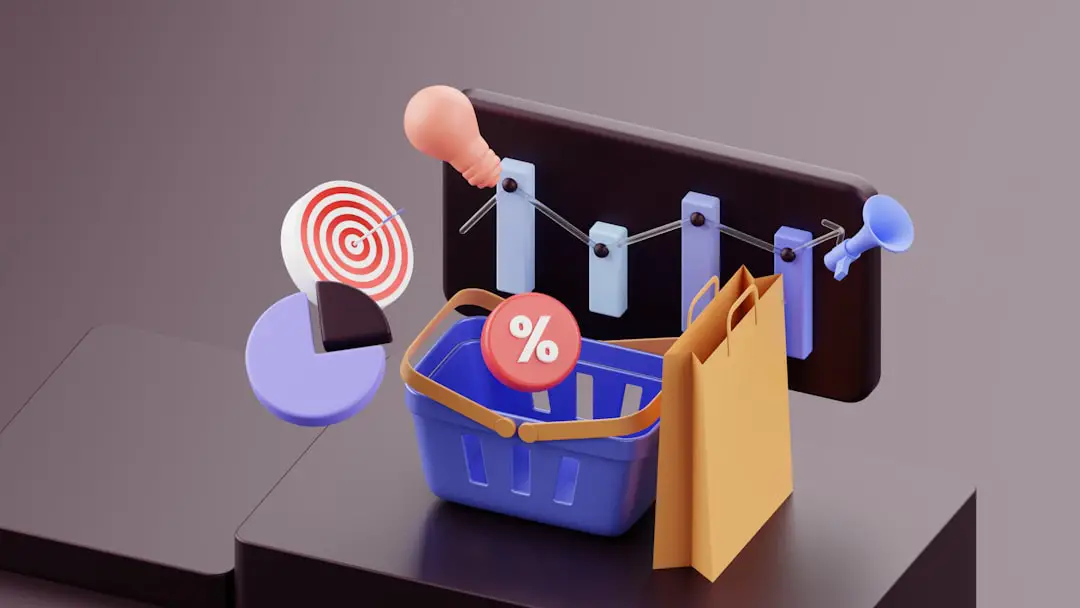In today’s highly competitive e-commerce market, standing out and increasing conversions requires more than just a functional website. If you’re using Odoo Ecommerce to run your online store, you’re already a step ahead with one of the most flexible open-source ERP and eCommerce integrations available. However, to truly unlock its potential, you need to optimize your Odoo ecommerce setup. Whether you’re new to Odoo or an experienced user looking for growth, these expert tips will help you amplify your online sales.
1. Optimize Product Pages for Conversions
Your product pages are the heart of your online store. Incomplete or poorly designed pages can turn potential buyers away. To increase conversion rates, take time to improve every product page with these strategies:
- Use High-Quality Images: Upload multiple, clear images showing different angles, zoom features, and product usage.
- Write Compelling Descriptions: Go beyond generic text and include benefits, specifications, and how the product solves a problem.
- Add Videos: A product demo or unboxing video can significantly influence purchasing decisions.
- Include Reviews & Ratings: Social proof builds trust and encourages sales.

When customers visit a product page, they should immediately understand the value the item offers. Use Odoo’s customizable templates and drag-and-drop building blocks to create attractive, information-rich pages.
2. Streamline Navigation and Search
Great products won’t sell if users can’t find them. Your site’s navigation and search functions must be straightforward and intuitive. Here’s how to enhance them:
- Organize Categories Logically: Group products in a way that makes sense to customers and use intuitive naming conventions.
- Implement Filters: Allow users to filter by price, size, availability, brand, etc., making browsing easier.
- Enable Predictive Search: Odoo’s search bar can be enhanced to suggest products as a user types—a big UX win.
- Create Landing Pages for Categories: Don’t just list products; include content and internal links that guide customers.
Keep the user experience front and center when designing your navigation structure. This helps retain customers and prevents high bounce rates.
3. Enhance Website Speed and Mobile Experience
Page loading speed is crucial. Studies show a one-second delay can result in a 7% reduction in conversions. In addition, with most online shopping now happening on mobile devices, your Odoo store must be mobile-first. Here’s how to tackle both:
- Optimize Images: Use WebP formats and compress images without losing quality.
- Remove Unnecessary Plugins: Leaner websites perform better. Keep essentials only.
- Use a Reliable Hosting Solution: Consider Odoo.sh for smoother deployment and performance.
- Create a Mobile-Responsive Design: Test your site on multiple devices and use flexible grids, scalable images, and accessible menus.
Speed and mobile optimization aren’t just nice features—they are the cornerstones of any high-converting eCommerce website.
4. Leverage Odoo’s Marketing Automation
Odoo offers a built-in Marketing Automation module that allows you to optimize communication based on user behavior. This is essential to building and maintaining customer relationships. Here’s how to make the most of it:
- Set Up Email Campaigns: Recover abandoned carts, launch promotions, and welcome new customers automatically.
- Segment Customers: Target your audience based on purchase history, geography, and other individual behaviors.
- Use A/B Testing: Identify what subject lines and content convert best.
Consistent, intelligent messaging helps build brand loyalty and brings customers back for more.
5. Improve Checkout Experience
A lengthy or confusing checkout process is a sales killer. Odoo’s framework is flexible, but you must ensure the checkout flow is clean and user-friendly. Here are a few expert tips:
- Enable Guest Checkout: Not everyone wants to create an account. Offer guest checkout to speed things up.
- Minimize Steps: Fewer clicks mean less opportunity for cart abandonment.
- Offer Multiple Payment Methods: Credit card, PayPal, Stripe, and regional methods ensure customers can pay how they prefer.
- Display Progress Clearly: A progress bar showing checkout stages helps minimize confusion and builds confidence.

Review your current checkout steps and test frequently. Customer feedback can be vital in identifying weak points in the process.
6. Use Upselling and Cross-Selling Techniques
Another powerful way to increase your average order value is through strategic upselling and cross-selling. Odoo’s sales features allow you to recommend relevant products based on customer behavior. Techniques include:
- Related Products: Show accessories or complementary items on product pages and in carts.
- “Frequently Bought Together” Bundles: Offer discounted combinations of products.
- Upgrade Offers: Encourage users to buy higher-end models or larger quantities for better value.
Strategic suggestions not only provide convenience but also give users more reasons to stay on your site longer and spend more.
7. Focus on SEO Best Practices
What good is a beautiful online store if nobody finds it? Search engine optimization (SEO) ensures that your Odoo ecommerce site shows up in Google and other search engines. Here’s what you can work on within Odoo:
- Custom URLs: Use Odoo’s URL rewriting to create clean, keyword-rich, readable URLs.
- Meta Titles & Descriptions: Customize these fields for every important page and product.
- Structured Data: Add schema markup to product pages so they appear in rich results.
- Image Alt Tags: Boost accessibility and image search visibility.
SEO is a long-term game, but consistent optimization ensures your products show up in organic search results without you having to rely only on paid ads.
8. Analyze & Continuously Improve
One mistake many Odoo store owners make is setting everything up and never looking back. E-commerce optimization is a continuous process. Tap into Odoo’s real-time analytics to monitor:
- Traffic Sources: Find out where your visitors come from and double down on what works.
- Bounce Rates: Identify pages where users lose interest and improve their content or UX.
- Conversion Funnels: Track where potential customers exit before buying.
Combine Odoo’s built-in analytics with tools like Google Analytics and Hotjar for session replays, heatmaps, and more insights.

Conclusion
Boosting your online sales with your Odoo ecommerce platform is not just about flashy visuals or pushing promotions. It requires a comprehensive approach that covers UX, mobile optimization, SEO, marketing, and data analysis. By implementing the strategies outlined above, you can create a high-performing e-commerce site that not only attracts visitors but also converts them into loyal customers.
Start small, test frequently, and iterate continuously. Odoo gives you the tools; it’s up to you to use them strategically. The more you refine your ecommerce operation, the more likely you are to outshine your competitors and reach your sales goals.
